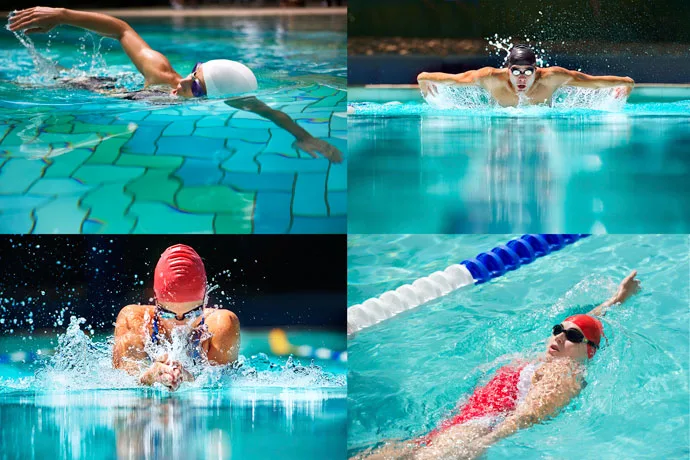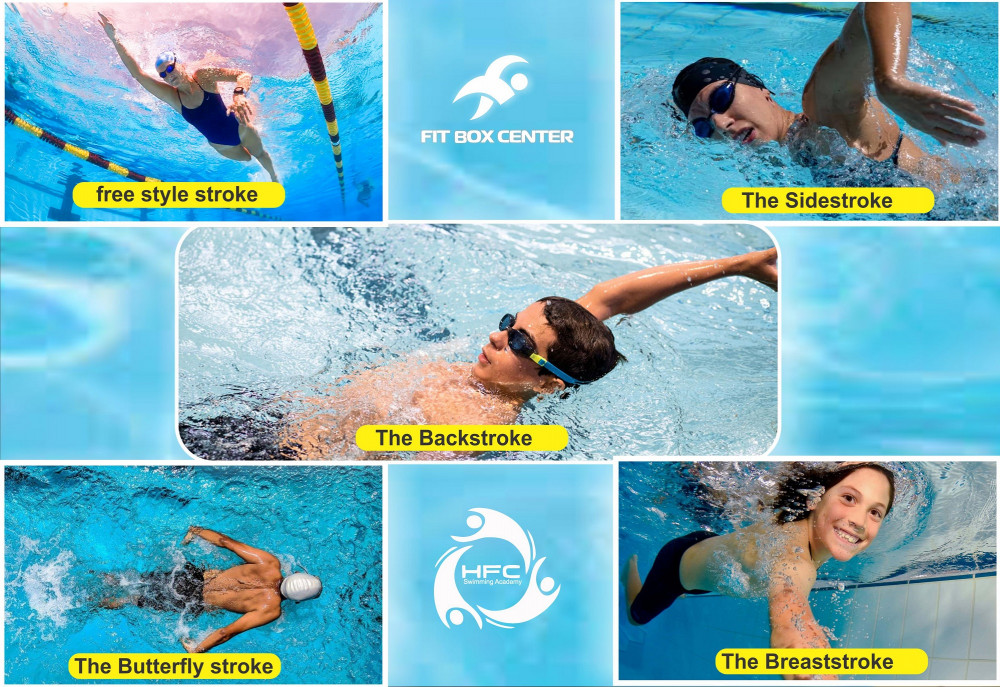Swimming styles have evolved over the years to prioritize efficiency, safety, and speed. However, certain swimming styles and techniques, often emerging from extreme sports or ancient practices, carry higher risks. Here are some of the most dangerous swimming styles known in history:

1. Butterfly Stroke (Extreme Distance Butterfly)
– The butterfly stroke is known for its complexity, intensity, and the amount of energy required. Attempting this stroke over long distances is considered extremely dangerous because it demands tremendous upper body strength, coordination, and stamina. The intensity of the butterfly stroke can lead to muscle fatigue, cramps, and even joint injuries, particularly in the shoulders.
– When used over extreme distances, such as marathon swims, the butterfly can cause rapid exhaustion, increasing the risk of drowning if the swimmer can no longer continue.
2. Hypoxic Training (Breath-Hold Swimming)
– Hypoxic training involves holding your breath underwater for extended periods, often while swimming laps. This training style can lead to shallow water blackout, a dangerous condition caused by a lack of oxygen to the brain, which can result in unconsciousness or even death if the swimmer is not brought to the surface quickly.
– While some professional swimmers use hypoxic techniques to increase lung capacity and stamina, it is considered one of the most dangerous styles for recreational swimmers.

3. Combat Side Stroke
– The combat side stroke is a technique used by military personnel, especially Navy SEALs, and is one of the most demanding swimming techniques. It combines the sidestroke, freestyle, and breaststroke and is designed for efficiency and stealth in the water.
– The risks arise from the need to carry heavy gear, swim long distances, and often swim in challenging environments, such as open seas or turbulent waters. This style can be physically exhausting and mentally taxing, especially under combat conditions or during training exercises.
4. Cold-Water Swimming (Ice Swimming)
– Cold-water or ice swimming takes place in near-freezing water temperatures, and swimmers often compete in open bodies of water, such as lakes or oceans, in the winter. Cold-water swimming can be dangerous due to the risk of hypothermia, which can occur within minutes as the body loses heat much faster in cold water.
– Swimmers may experience cold shock response, which can lead to rapid breathing, disorientation, and even heart failure. The risk of sudden incapacitation due to the cold makes this one of the most dangerous forms of swimming.

5. Freediving
– While not a specific stroke, freediving is a form of underwater diving that relies on breath-holding rather than scuba equipment. Freedivers descend to extreme depths, sometimes over 100 meters, on a single breath. The lack of oxygen combined with the water pressure at depth can lead to blackouts, barotrauma, and nitrogen narcosis.
– Freedivers must be trained to manage the risks of shallow water blackouts and decompression sickness. The added danger of diving without equipment in open waters further enhances the peril involved in this swimming style.
6. Tandem or Synchronized Swimming (Without Protective Gear)
– Tandem swimming with a partner requires each swimmer to remain synchronized, and they often perform complex routines. When done without proper safety gear, there’s a risk of accidental collisions, and in cases of prolonged underwater stunts, there’s also a risk of oxygen deprivation.
– This style is particularly dangerous in open water or during large, elaborate performances where accidental bumps or loss of coordination can lead to injury or drowning.

7. Surf Swimming (Big Wave Swimming)
– Surf swimming is done in oceans where swimmers often have to navigate through waves, rip currents, and turbulent water. The dangers include the risk of being pulled under by strong currents, getting caught in riptides, or being hit by waves.
– For extreme surfers or swimmers in big wave environments, such as those found in Hawaii or Australia, the risks are even higher due to unpredictable wave patterns and the sheer force of the waves.
8. Long-Distance Open-Water Swimming
– Swimmers who engage in open-water swims across large bodies of water, such as the English Channel, face various hazards, including unpredictable weather, strong currents, and potential encounters with marine life. Long-distance swimming demands high endurance levels and mental fortitude, as swimmers may spend hours in the water exposed to hypothermia and fatigue.
– Open-water swimmers also risk hypoglycemia and dehydration if proper nutrition is not maintained. These conditions, combined with a lack of rest, can lead to sudden incapacitation, putting the swimmer’s life at serious risk.
Each of these styles is manageable and safe with the proper training, supervision, and equipment. However, they become dangerous when practiced without adequate preparation, in extreme conditions, or over extended periods. As with all physical activities, safety precautions, understanding of personal limits, and environmental awareness are essential to mitigating risks associated with swimming.
Leave a Reply